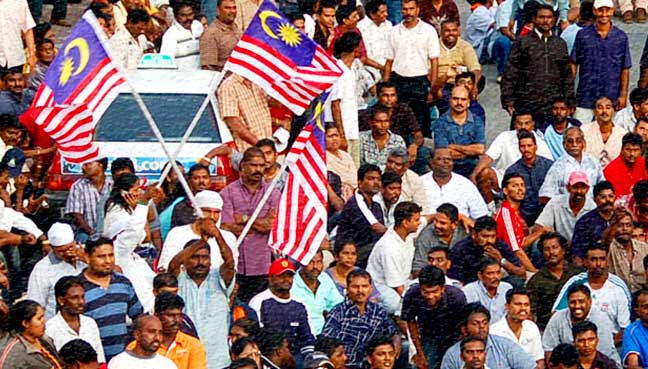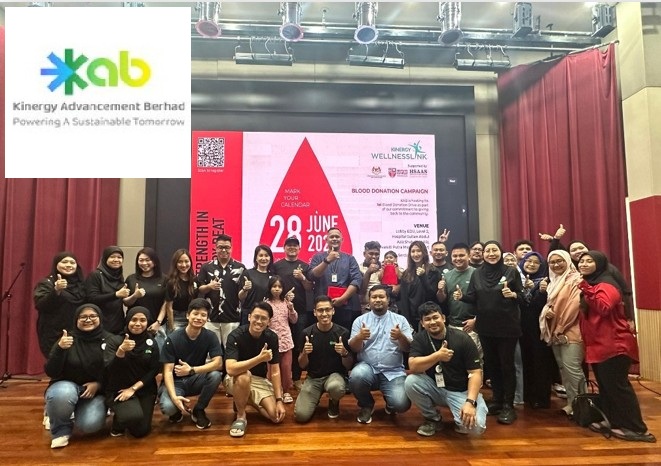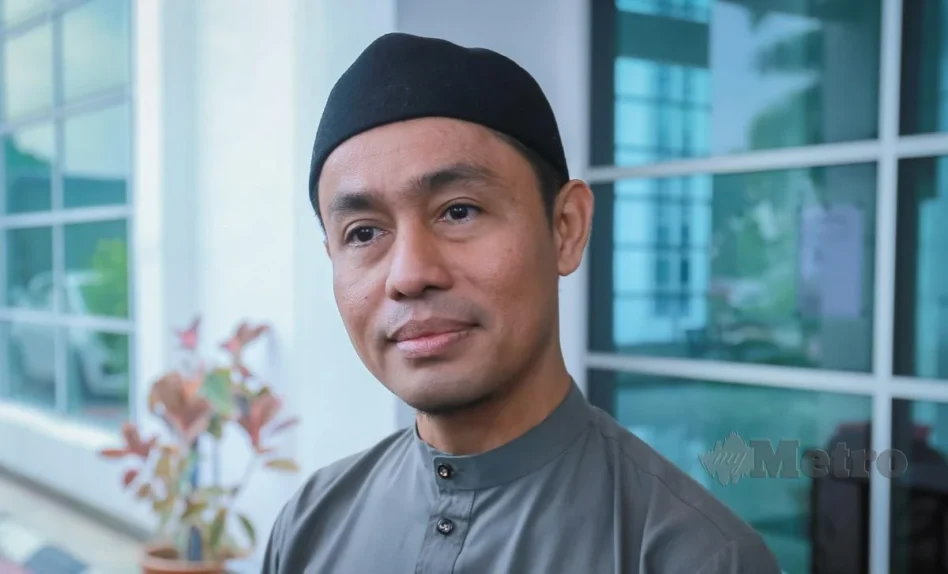LATELY there have been news of several attempts to form race-based Indian political parties in the country but whether or not there is a need for new political parties of that nature is a question that needs to be addressed.
There has been a number of Indian political parties that were formed in the past, but many of them had merely existed in terms of their registration but were hardly effective.
Many of their leaders simply wanted to use their party’s existence to obtain chance to contest the elections.
The question here is, do Indians in Malaysia need new race-based political parties?
Forming political parties is one thing, but succeeding in getting the support of the community is another. The attempts to form Indian parties is not the cause but the effect of the larger problem of the fundamental neglect of the Indian community by the government.
Critics, rather than belittling the attempts to form Indian political parties should find out why Indians have been discriminated and neglected in the country.
In other words, attempts in forming new political parties is not the cause but effect of Indian discrimination and neglect by the majoritarian government.
It is said that Indian political parties might not succeed because Indians are heterogeneous, numerically small in population and limited electorate strength.
If 85% of Indians are Tamils, how can the community be termed as heterogeneous? If 85% of Indians are Hindus, how can be classified as religiously heterogeneous?
I hope that these critics are not saying that Indians are also divided by caste and other sub-communal ties. There is limit to the extent heterogeneity is invoked to explain the divisions in the community.
Why was heterogeneity never invoked when the Hindraf movement peaked in 2007 with the support of the vast majority of Indians?
More importantly, why was heterogeneity never invoked when plantation labour was mobilised by the left-wing forces in the immediate aftermath of World War II?
Indians might not have sizeable presence in the electorates, but yet they are often called the Kingmakers during elections.
Indians should not be narrowly conceived in terms of their electoral strength or non-strength. This borders on myopic thinking. The litmus test is in the strength of their mobilisation capacity.
It is further argued that Indians given their numerical weakness should focus on strengthening the forces of multi-racialism in political parties such as DAP and PKR, which are both component parties of the Pakatan Harapan (PH) coalition.
It is admitted that it was the Hindraf movement against Barisan Nasional that had gravitated Indians towards DAP and PKR just before the 2008 general election.
But unfortunately, the practice of multi-racialism has not meant much for Indians in terms of their progress in the country.
Naming a few Indians to governmental posts have not impacted positively on the development of the community.

There is nothing wrong with the concept of multi-racialism, but the multi-racialism in the PH coalition leaves much to be desired for.
In the name of multi-racialism important issues of the community have been side-stepped.
Indians have been lulled into thinking that multi-racialism is the way to go about the situation but in actual fact multi-racialism has sunk the legitimate demand of Indians.
Theoretically speaking, multi-racialism in PH seems to subdued and subordinated to the majoritarian politics.
How can Indians articulate their specific demands if multi-racialism is used to drown their legitimate identity questions?
Even serious-minded Marxist theoreticians are first to admit that recognition of identity (nationality) questions are essential to the progress of socialism.
If the left considers the salience of identity questions, I don’t understand why liberal thinkers are not willing to concede importance to identity questions.
If multi-racialism fails to accommodate the interests of the Indians, then what are Indians supposed to do—wait for the day when true multi-racialism returns to the country?
The failure of earlier established political parties should not be used as gauge to belittle new Indian political formations.
Critics can say what they like, but forming new political parties must be seen as the right of Indians in seeking association for the betterment of Indians.
Just as Indians have the constitutional right of association, they too must accept the likelihood of failure.
Unless and until the community, the members of the working class, are organised on the basis of common vision, failure will always loom on the horizon.
Forming political parties is an easy task; the more formidable task would be to get the solid backing of the community.
To say that Indians don’t need new political parties because they are numerically small, heterogenous and others are reasons that seek to belittle the community that has contributed much to the nation.
History has proven beyond reasonable doubt that Indians under the right political circumstances can be mobilised under the right leadership to articulate to seek qualitative improvements to their lives.
Those who are saying that Indians don’t need race-based political parties are basically lending credence to the hollow multi-racialism in PH.
There is nothing wrong with having race-based parties if the struggle is based on class considerations. – Oct 11, 2023
Prof Ramasamy Palanisamy is the former DAP state assemblyman for Perai. He is also the former deputy chief minister of Penang.
The views expressed are solely of the author and do not necessarily reflect those of Focus Malaysia.









